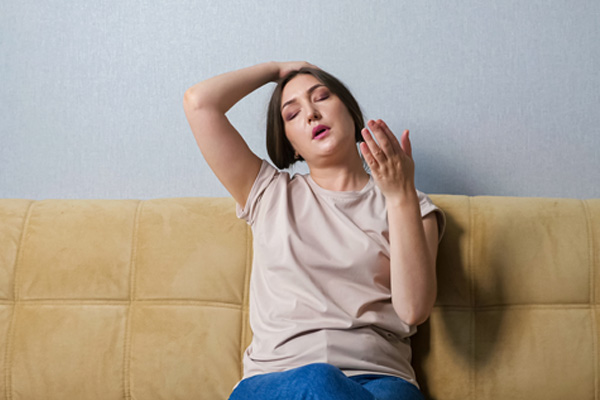
Everyone wants a comfortable home. A large part of comfort comes from maintaining even indoor temperatures. The temperature in a single room shouldn’t be different from the next. However, cold and hot spots around your home can cause unease and discomfort.
Fortunately, central HVAC units are designed to make the temperature balanced and stable from one room to another. Most look for ways to resolve this problem when our HVAC fails to achieve it.
Are there hot and cold spots in your home? Keep reading to learn what these are and the reason behind them. This article also includes the best methods to regulate your home temperature.
What Causes Hot And Cold Spots In Your Home?
Several issues can cause cold and hot spots in your home. Understanding how these problems happen will help you identify the root source and find methods to get rid of hot-cold spots inside. Here are several of the common causes you are experiencing an air balance problem:
The Way Your Home Is Built
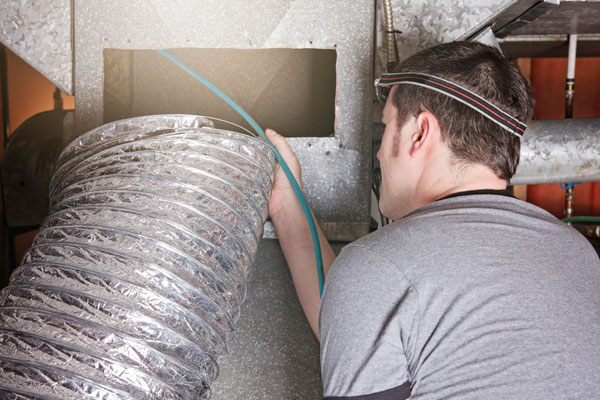
A home design that makes airflow harder may mean some areas experience cold and warm spots. Your home may also not have zoning, which can be a tremendous help in keeping the room temperature even and constant in specific areas.
Creating zones lets you have better temperature control in your home. You can decrease or increase temperatures in certain zones independently, so you can ensure that your comfort needs are met.
Your HVAC Ductwork Installation
Ducts have much to do with how well your system can cool or heat your home. The ductwork can cause hot and cold spots in your home in two situations. The first is incorrect ductwork system size, and the other is when the duct system has an improper design. Either of these two scenarios tends to occur in older homes, where the ductwork can probably no longer handle new technology demands and are not energy-efficient anymore.
Blocked HVAC Air Vents Or Restricted Airflow

If you’re always looking for ways to balance heat in your two-story home, you aren’t the only one. You may have a high-performing and high-efficiency HVAC unit in your home, but blocked vents or restricted airflow can still make you experience uneven temperatures. Certain areas in your home will feel colder or warmer than usual if anything keeps the cool or warm air from flowing smoothly.
Solar Heat Gain
Solar heat gain can make you suffer from hot and cold spots in your home even though your system receives regular maintenance. This occurs in places receiving a lot of sunlight during the day. Homes with damaged, older, or low-efficiency windows usually let more heat and light inside your home. In turn, this impacts the HVAC system’s ability to keep that area comfortable.
Bad Thermostat Location
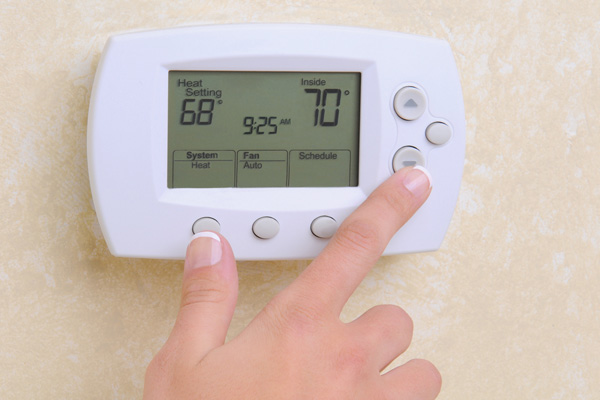
If the thermostat is placed in an area receiving direct sunlight, the heat from the sun will impact its temperature reading capacity. The sensors will think it is hot and adjust the temperature to the incorrect level. The same happens for thermostats near lamps or in drafty areas.
Air Leaks
Air leaks are known to cause hot-cold areas at home. Holes, cracks, and damages in the areas where ceilings and walls meet let indoor air escape outside. This can cause a significant change in the room temperature.
HVAC Equipment Is The Wrong Size
HVAC size is the HVAC system’s capacity to cool or heat your home per its size. An incorrectly sized HVAC unit means it may be too small or too large for your home. Either situation will cause poor efficiency. Moreover, you will encounter problems like uneven temperatures, high humidity, short cycling, and poor indoor air quality.
Ways To Eliminate Hot And Cold Spots
The good news is that you can fix hot and cold spots. Moreover, some fixes are relatively easy and cheap. Here are several of the top solutions that you can do:
Make Sure The Vents Aren’t Blocked
Check the vents in all rooms to ensure there is no blockage over or in front of them. Solid objects like plants and furniture can have an effect on the flow of air. They will also prevent the HVAC system from circulating warmed or cooled air throughout your home. This is also true for closed vents, so be sure that all air vents are open. Relocate, reposition, or remove any obstructions to allow the free flow of air.
Look For Drafts
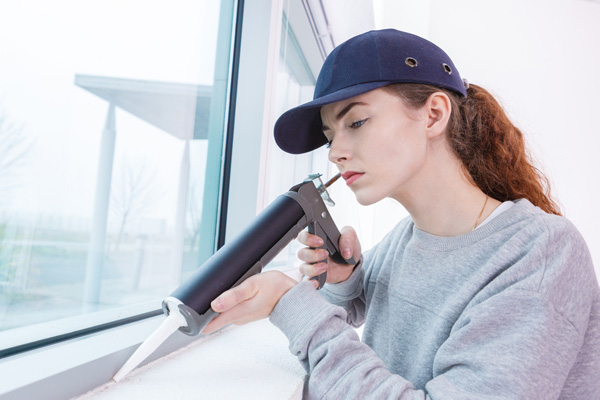
Drafts cost homeowners hundreds of dollars in heating and cooling costs annually. Gaps, cracks, and holes in your home allow indoor air to leak out and outdoor air to get in, causing problems in your system. Search for likely causes of drafts in doors, windows, and joints. Get them repaired immediately.
Think About Your Insulation
If you live in an older home or have outdated insulation, consider getting it checked to determine if it is the reason behind temperature fluctuations between rooms. Some insulation materials also aren’t as long-lasting as others, which may be why you are experiencing a temperature difference between the main floor and the basement, for instance, or you have a warmer living room and a colder kitchen.
Use Zoning and Good Thermostats
Zoning effectively removes cold-hot spots. It allows you to increase or decrease the temperature in specific areas. This allows you to enjoy a balanced and comfortable home that’s compatible with your preferences. Consult an HVAC professional regarding your zoning options. Inquire about ductless mini-split systems as well. It is recommended that you install a smart thermostat to help adjust the temperature automatically when and where needed.
Be Sure To Schedule HVAC Maintenance Regularly
Homeowners usually ignore HVAC tune-ups until their system begins acting up. Get it inspected at least once a year. This will help identify potential issues early and get them resolved.
Keep Your HVAC Air Filters Clean
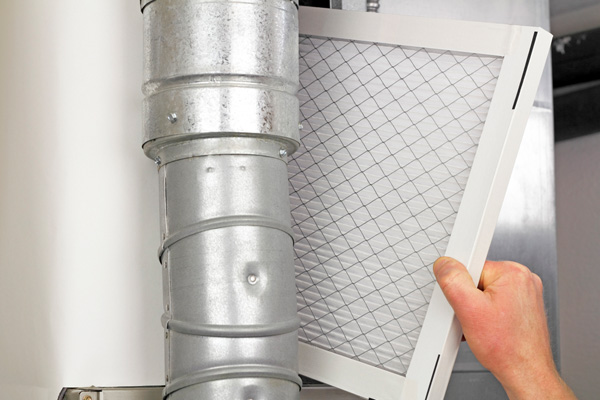
If your home feels colder than what the thermostat says or you feel warm spots in rooms that should be cool, your HVAC system may have inefficient airflow. A clogged air filter is one of the usual reasons for problematic airflow. Check your air filters monthly and clean or replace them. Clean air filters improve your indoor air temperature and help prevent indoor air pollutants from increasing.
Use Window Coverings
The simplest and cheapest way to repair hot and cold spots inside your home is to use window treatments. Blinds and curtains can help control how much sunlight gets inside your home. Therefore, your HVAC system doesn’t have to work harder than needed to maintain indoor temperature.
Conclusion
Repairing cold and hot spots in your home doesn’t have to be complicated. Most cases will see the issues aren’t as severe as many homeowners worry them to be. Some crucial and simple steps are all that are needed to fix the problems. Keeping a good indoor air balance, especially regarding temperature, airflow, and direction, will ensure indoor temperature levels that will keep your household comfortable.
Call R.F. Ohl For All Your HVAC Needs

When you require exceptional heating and cooling services in the area, contact R.F. Ohl. Our company has the best professionally certified technicians who can offer high-quality HVAC replacements, repairs, tune-ups, and installations. Our friendly techs have the knowledge, skills, and experience to service your HVAC equipment correctly. We can help you find the best comfort solutions for your home.
Working with R.F. Ohl means you are in good hands. We have the area’s most competitive HVAC service prices, and all our work is guaranteed. Our heating and cooling services prioritize your home’s comfort, energy efficiency, indoor air quality, and more. Schedule an appointment with R.F. Ohl today. Give us a call today for a free, in-home estimate.
Click here to contact us today or give us a call at (610) 377-1098 if you have any questions. Click the link to view our service area.
The post Air Balancing – 5 Easy Ways To Avoid Hot And Cold Spots In Your House appeared first on R.F. Ohl.
No comments:
Post a Comment